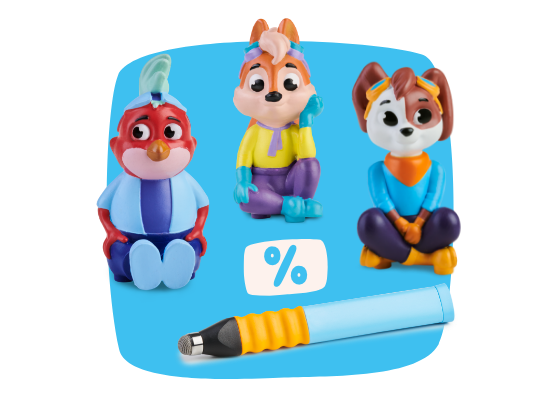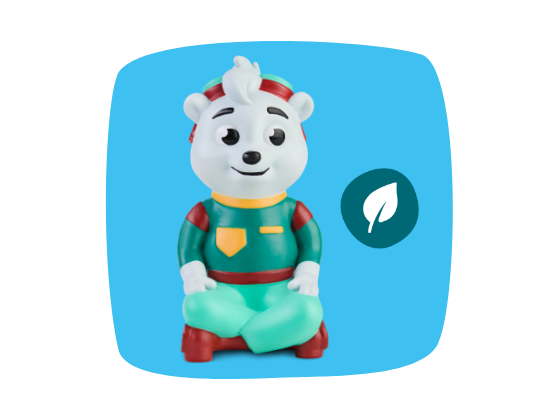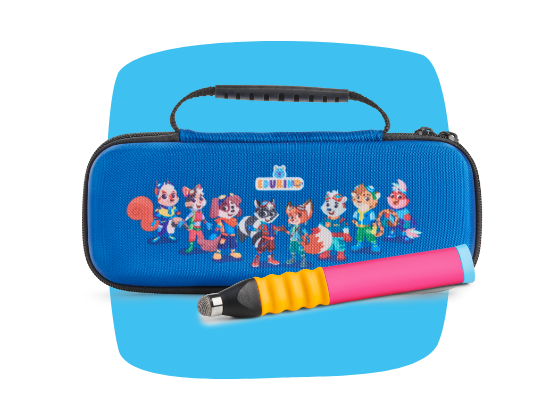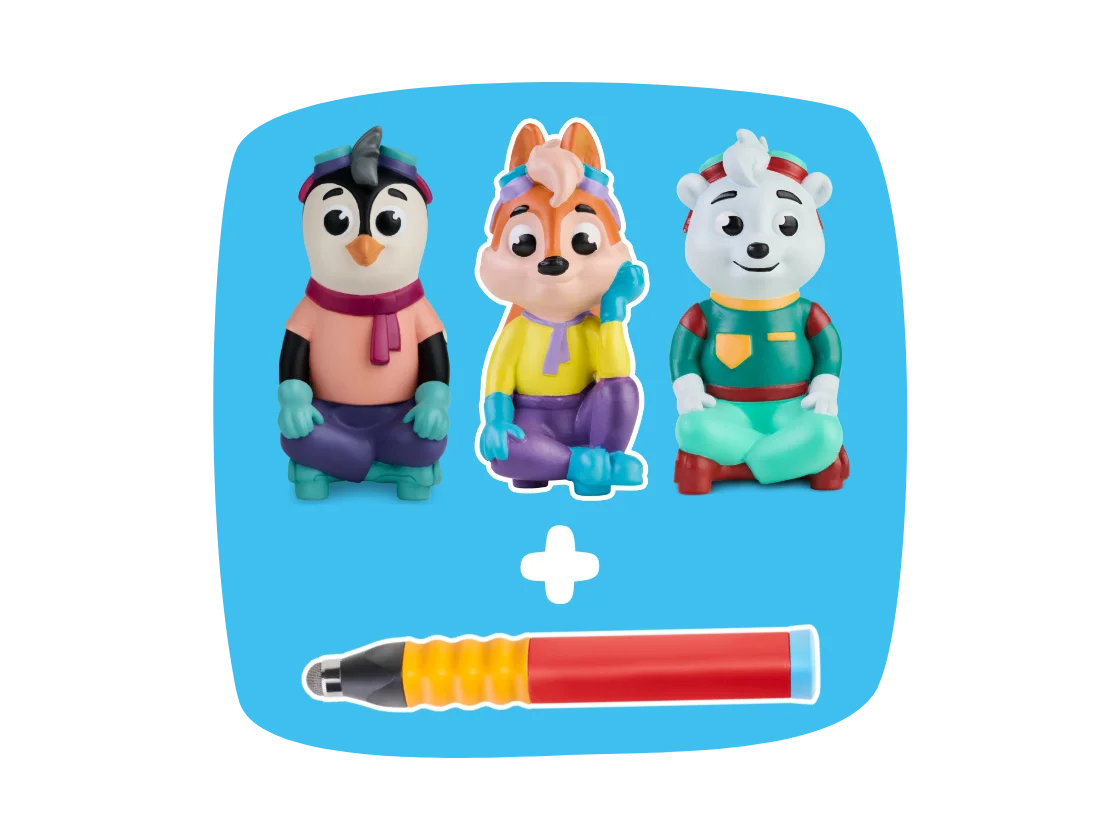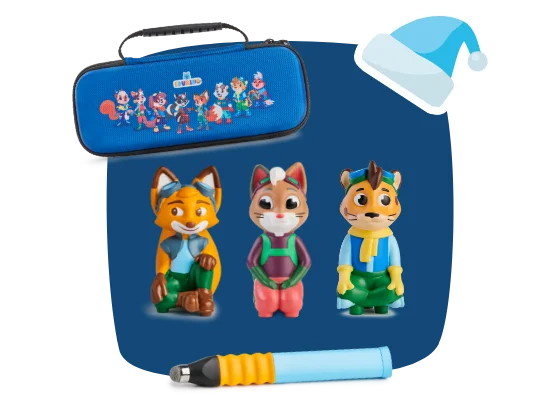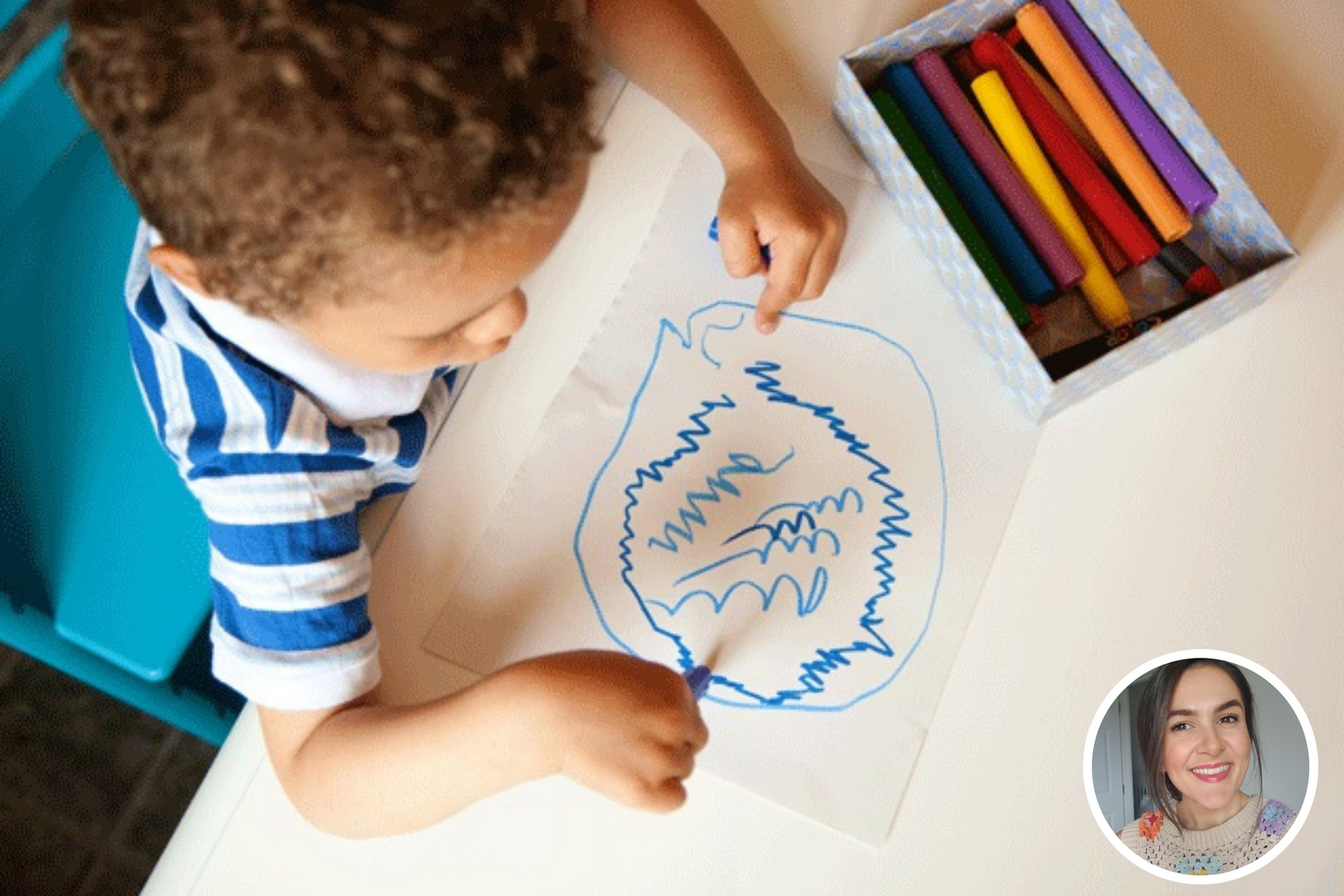It All Starts with Movement
Before handwriting comes mark-making. Before mark-making comes movement.
From the moment babies start clapping, crawling, and reaching for toys, they are training the muscles and motor pathways that form the basis of writing. These large, sweeping motions are part of gross motor development — and they’re essential. Think swinging on monkey bars, catching balls, dancing, or painting big strokes on outdoor walls.
These activities help children build core strength, muscle control, and body coordination. Climbing, throwing, and reaching across the body (like putting on socks) are all valuable prep work for the much finer, more precise movements required for writing.
Moving Toward Control: Fine Motor Development
As children grow, their movements become more refined. Fine motor skills begin to emerge through activities like:
-
Threading beads
-
Playdough
-
Using tweezers to pick up small objects
-
Building puzzles or towers
-
Scrunching up paper
These small hand and finger actions develop the control needed to eventually hold and move a writing tool. If your child struggles with pencil grip or gets easily tired from drawing, don’t panic—this stage takes time and practice.
Drawing the Line: Enter Graphomotor Skills
Once the fine motor base is established, children begin graphomotor skill development: the ability to coordinate the hand and eye to produce marks, symbols, and eventually letters. This is when you’ll see lines become more intentional, circles appear, and familiar letters emerge (even if they’re backwards or upside-down).
The goal here isn’t perfect spelling or flawless shapes—it’s fluidity of motion. Children need to master pushing and pulling movements, curves and straight lines, changes in direction and rhythm. These form the foundation for fluent, legible writing later on.
What Parents Can Do (Without the Worksheets)
If your child is struggling with writing, resist the urge to double down on tracing letters. Instead, go back to the building blocks:
-
Play with scale: Let kids draw large letters on pavements, walls, or with fingers in sand.
-
Make it sensory: Hide shapes in foamy water or let them make marks in shaving foam.
-
Use real-life writing: Invite your child to “write” shopping lists, signs for a pretend shop, or thank-you notes to grandparents.
-
Build strength through fun: Activities like playdough modelling, finger games (Incy Wincy Spider!), and even brushing dolls' hair all help strengthen the right muscles.
-
Model writing in your everyday life: Let your child see you making a grocery list or sending a thank-you card. This shows writing has purpose.
-
Try supportive tools: If your child is ready for writing instruments, tools like chunky crayons, big-grip pencils, or ergonomic pens such as EDURINO’s ergonomic pen—designed by occupational therapists—can help reinforce proper grip and ease hand fatigue.
A Rough Guide to Developmental Stages
0–2 years: Sensory exploration and mark-making begins. Children love shapes, textures, and messy play.
2–3 years: Children start using lines, dots, and circles to represent ideas. They may show a hand preference.
3–4 years: Wave-like marks appear. Children begin to mimic writing. Muscle control improves with practice using chunky crayons or brushes.
4+ years: Some children begin writing familiar letters, often from their name. Strengthening fingers and encouraging correct pencil grip now pays off.
Writing doesn’t need to be perfect—it needs to be encouraged. Attempts, not accuracy, matter most at this stage.
When They're Ready: Give Them the Tools to Thrive
Once children are showing interest in forming letters and are physically ready to grip a writing tool, offering the right support can help them feel successful and confident.
One helpful option is EDURINO’s ergonomic pen. Designed in collaboration with occupational therapists, it supports correct grip, encourages healthy posture, and promotes fine motor skill development without strain. It’s also paired with an interactive app experience, helping children stay engaged while strengthening their writing foundations.
Final Thoughts: Keep Writing Joyful
Writing doesn’t start with the alphabet. It begins the moment a baby claps, grabs, or draws in the sand. By giving children plenty of play-based, sensory-rich opportunities to move, grip, draw, and imagine, we help them become confident communicators.
And when they’re ready to move from squiggles to scripts, the right writing tool can offer just the right support. EDURINO’s ergonomic pen is one thoughtful option—but whatever tool you choose, keep the process playful, encouraging, and rooted in movement. That’s the real secret to helping your child become a joyful, fluent writer.

